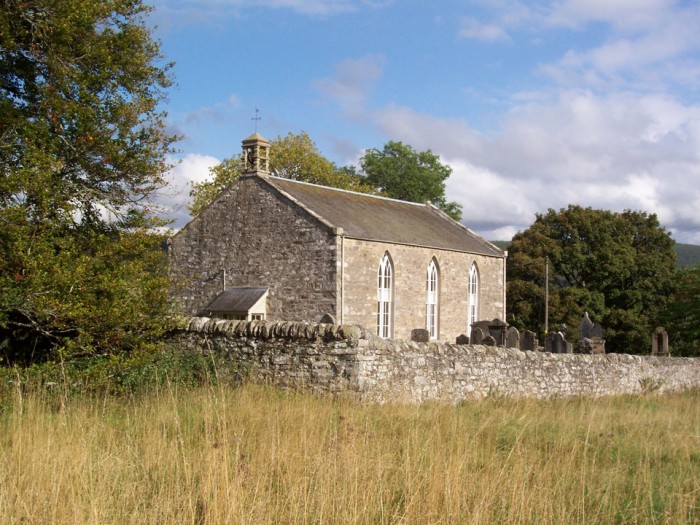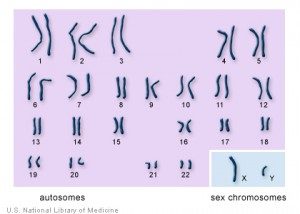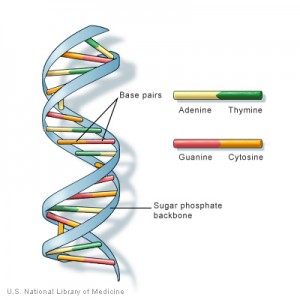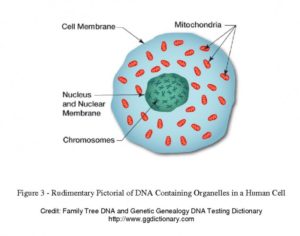
Clan Donnachaidh DNA Project
Robertson, Duncan, Reid, Donachie, McConnochie
Photo of –
The Five Sisters

Photo of –
The Five Sisters

For these are my mountains, And this is my glen
The braes of my childhood, Will know me again
No land’s ever claimed me, Tho’far I did roam
For these are my mountains, And I’m going home
These are my Mountain, Jimmy Copeland:
Led by the vast amount of public participation and extensive academic research, Genetic Genealogy has grown substantially over the last decade. The knowledge gained has improved our understanding of genetics and its application with our genealogical research.
Genetic Genealogy has the following characteristics:
* It adheres to a very tight set of criteria
* It looks at a 500 to 1,000 year time frame where there is a chance of historical documentation.
* It tracks the paternal Y-DNA and the maternal mitochondria DNA ( mtDNA)
* It starts by comparing men with the same surname
To begin with the genetic genealogy criteria are conservative. Researchers realize that not every population group has a surname being passed along the male line. Therefore, the research has expanded into projects by country of origin i.e., Denmark, adoption projects, and haplogroup projects.
So what is DNA (DeoxyriboNucleic Acid)? DNA is a chemical consisting of a sequence of hundreds of millions of nucleotides found in the nuclei of cells. It contains the genetic information about an individual and is shaped like a double-stranded helix (FTDNA). For more educational material on DNA and genetics visit the “DNA from the Beginning” educational site http://www.dnaftb.org/ provided by the Cold Spring Harbor Laboratory.
Think of DNA testing as a tool to add to our genealogy toolbox: A tool as valuable as the computer and the internet which have become invaluable for us in our genealogy research. DNA testing is not a stand alone process which will tell us everything we want to know about our ancestral line. DNA testing works hand in hand with the known family history information, but DNA testing will not automatically compute a missing ancestor’s name.
The use of DNA testing can provide additional information for family history research. It asks the question…. how well does my research hold up to the results of a DNA test? A DNA test can confirm, redirect, or show errors that are within our family history data such as crossed up family lines.
The commercial genetic genealogy field was started by Family Tree DNA (FTDNA) in 2000 with two entrepreneurial genealogists, Bennett and Max, from Houston, Texas. Bennett and Max had the same inquisitive questions about the possibility of using the new science of DNA to answer their genealogy questions. They made contact with Dr. Hammer at the University of Arizona, at Tucson who is one of the world’s leading population geneticists. As a result of these actions, Family Tree DNA was born. FTDNA operated the businesses and Dr. Hammer’s lab provided the setting for processing the DNA tests. FTDNA has grown alongside the genetic genealogy field which now includes a full range of DNA tests. FTDNA also has developed its own research lab, in Houston, Texas, for conducting advance scientific research which is helping to advance this field of science.
Y-DNA testing starts with surnames giving a historical reference to start the research. Hopefully, doing so will provide a time frame where there is a chance that some historical documents are available to compare with the Y-DNA results. It also means that if a male line has stayed pure from the origin of a given surname, all descending men will have the near identical Y-DNA results. The small mutational changes in the pure male line then become markers to help determine branches within that male line.
Mr. David A. Pike has a nice introduction into the use of Y-DNA and mtDNA with genealogy.
Please understand that this is a collaborative research project. Many people contribute their research, knowledge, and insights into this larger project. This project recognizes that all material here is from a collaborative process.
We require the active participation of each member to further this genealogical and genetic study of our surnames and their place in history.
Please understand that There is not one single DNA test to take but a series of DNA tests to continually dig deeper into our histories.
The human species Homo Sapien sapien has 46 chromosomes or 23 pairs of chromosomes (figure 1). Every person receives half of their chromosomes from their father and half from their mother.

figure 1; 23 pairs of Human Chromosomes
The building block of the chromosomes is DNA. The vast amount of DNA in the chromosomes is wound up into a very compact double helix structure (figure 2). The chemical building blocks of DNA are the four bases (A=adenine, T=thymine, G=guanine, and C=cytosine) which only pair up into two groups. Adenine only pairs up with Thymine and Guanine only pairs up with Cytosine.
In simple terms a human cell (figure 3) is composed of a cell wall, cell nucleus, nuclear membrane, chromosomes, and many mitochondria. The cell nucleus contains the 23 pairs of chromosomes. The DNA found in the chromosomes, within the cell nucleus, is known collectively as nuclear DNA.
The mitochondria contains its own separate DNA which is not part of the nuclear DNA. The mitochondria structures produce the energy that a cell needs to function.

figure 2; Human DNA double helix structure with base pairs
The first 22 pairs of chromosomes are called the autosomal chromosomes (figure 1). These are the chromosomes that are contributed by each parent and which go through a recombination/mixing process which gives the unique charter of a person. These 22 pairs of chromosomes determine all the attributes of a person but his/her sex.
The 23rd pair of chromosomes is known as the sex chromosomes (figure 1). These chromosomes determine the sex of the embryo and deal only with the sexual attributes of the embryo. One chromosome each is contributed by each parent but unlike the autosomal chromosomes these sex chromosomes do not go through a recombination/mixing process. Therefore they are not mixed at conception like the other 22 pairs of chromosomes.

figure 3; Rudimentary Pictorial of Human Cell
Genetic genealogy looks at the 23rd pair of chromosomes which again is the sex chromosomes. Males carry a XY pair of chromosomes and females carry a XX pair of chromosomes. A man receives his y-chromosome from his father and his x-chromosome from his mother. A woman receives her two x-chromosomes one each from her father and mother.
Thus the mother contributes one of her two X chromosomes and the father contributes either an X or Y chromosome at conception. If a man contributes a Y chromosome then the embryo will be male, because the y-chromosome is what determines maleness in an embryo, and if the man contributes an X chromosome then the embryo will be female.
In our discussion the use of the term “mutation” does not infer a negative connotation. A mutation is a natural process that happens during normal cellular biology. A mutation is just the change in a piece of DNA with most mutations being corrected by a cell’s reproductive mechanism. In our field of research these random mutations can become valuable identifying markers.
The power of the Y-DNA is that it is passed down from father to son through time almost unchanged but for the random mutation. The mtDNA is passed from a mother to all her children but is only passed forward by her daughters. The Y-DNA follows the paternal side and the mtDNA follows the maternal side.
Remember that the sex chromosomes only deal with our sexual attributes and not all the many other attributes that make us who we are. All of a persons other attributes are determined by the autosomal chromosomes.
The Y-DNA is what the field of genetic genealogy started with. The power of the Y-DNA is that it follows the male ancestral line back in time for each and every male living today. No matter who the father of a man is, he carries his biological father’s Y-DNA. The Y-DNA is passed down from father to son, in a direct male line, through time almost unchanged. The Y-DNA is non-recumbent which means that it is not mixed with other DNA at conception and thus retains its original DNA information. As time has passed random mutations happen in the Y-DNA between a father and son. These random mutations become identifying markers for particular male lines. These marker changes are what we evaluate and compare between men. When two men share near identical sets of marker results then they share a common male ancestor within a genetic genealogical time frame.
And this is the power of using DNA for genetic genealogy. The male y-DNA is passed through time almost unchanged but with the random mutation. This process is what enables us to compare men together to determine whether they descend from a common ancestor (see ‘Test and Analysis’ section for examples of test results).
Participants need to be aware that not everyone will receive an instant DNA match with someone of their same surname. Many reasons account for this fact. The following are some reasons that have affected participants in the Donnachaidh DNA Project: